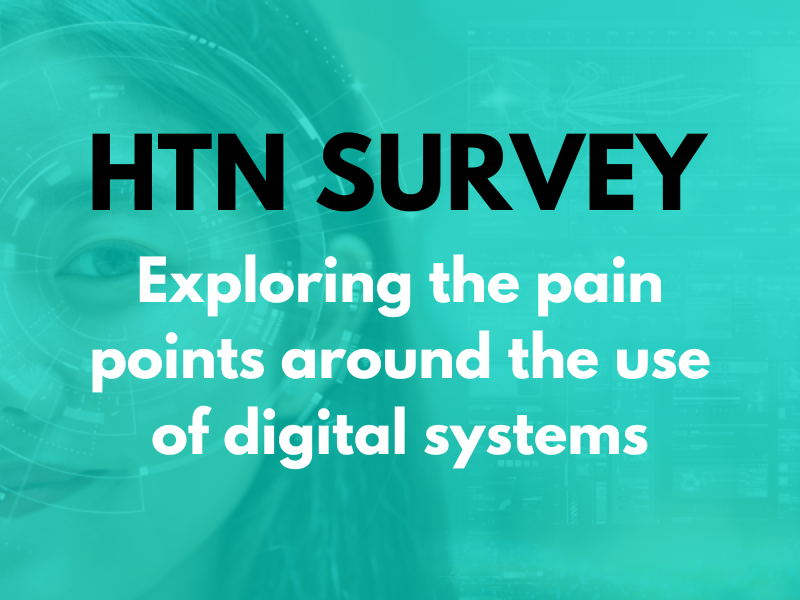A digital maturity blueprint from County Durham and Darlington NHS Foundation Trust (CDDFT) has laid out a three-year roadmap with the intention of increasing the organisation’s DMA score from its current 2.5 to 4.5 by 2027/28. The trust shares plans to tackle gaps in areas including cloud infrastructure, automated monitoring, patient engagement, AI, and workforce digital skills.
On being “well led”, the trust sets the scene for where it would like to be by 2026/27, including having a costed digital plan aligned with DMA and enterprise architecture, and a “well functioning” programme benefits management process in place. For 2027/28, this extends to cover research methods being used in benefits realisation, and system-wide convergence of applications via enterprise architecture.
In line with “ensuring smart foundations”, CDDFT reports on its current state for 2025/26, with factors including technical and legacy debt, EPR optimisation, e-referral, a business case for the adoption of the electronic prescription service, and an 18-month LIMS implementation. For 2026/27, it hopes to have introduced a cloud-first infrastructure and migration plan, integrated core EPRs with periphery systems, and embedded LIMS; whilst 2027/28 is focused on EPR integration with bi-directional data flows, and the testing and “pipelining” of automation.
Current priorities for the trust around empowering people include work on digitising appointment and clinical letters, self-service kiosks, increasing access to records and appointments via the NHS App, and AI. For 2026/27, the aim is to have a patient engagement portal across all services, to use digital clinics pre-surgery, to implement remote monitoring and wearables for certain specialities, to embed AI for appointment scheduling, and to use digital consultations in more than 50 percent of cases. By 2027/28, digital consultations should be fully integrated into EPR, with patients able to access records, update their own data, and book appointments directly through the NHS App.
AI and analytics will play an increasing role in CDDFT’s trajectory for improving care, with the trust currently looking at piloting AI tools for both clinical and admin functions, promoting regular access to the shared care record, and integrating virtual wards with EPR. In 2026/27, plans include automating analytics, deploying real-time dashboards, continuing with the adoption of modern API tools, and improving joined-up care through interoperability and automation; whilst in 2027/28, automated testing tools will be introduced to validate interoperability standards.
For cyber, future plans include work on cyber skills professionalism and the adoption of single sign-on for all systems. Headline items for supporting the workforce are plans to address DDaT talent gaps, as well as supporting staff with obtaining basic levels of data, digital, and cybersecurity literacy. By 2027/28, the trust also plans to have implemented digital tools that incorporate automated intelligence or suggestions to support assessment of which patients are suitable for discharge.
The trajectory for healthy populations is built around use and sharing of data, with the Federated Data Platform already used for key needs, and ongoing efforts to develop pre-set segmentation models to better understand and make predictions for population health. For 2027/28, the trust will incorporate “fully automated metadata extraction from multiple sources into a central metadata storage repository and data cataloguing system”, with organisation-level population health information based on needs and forecasted demand used in all major pathways and care planning.
Wider trend: Digital transformation
For a recent HTN Now webinar on the role of data and digital in supporting population health management (PHM), we were joined by a panel including Victoria Townshend, portfolio director(associate) with the GIRFT Elective Team; Mayur Vibhuti, CCIO and GP clinical lead for digital at Kent and Medway ICB; and Harry Thirkettle, director of health and innovation from Aire Logic. Our panellists explored and discussed approaches to PHM, successes, challenges, what works and what doesn’t, through to measuring the impact of PHM interventions.
£300 million of new capital investment has been outlined by the Chancellor in the Autumn Budget for NHS tech and digital tools, with aims to improve productivity by automating administrative tasks and providing “swifter access” to patient information. The announcement comes alongside news of planned investment in 250 neighbourhood health centres, with a collaboration between the public and private sectors for construction that will see the repurposing of current estate as well as spending on new buildings.
Have your say! HTN is producing a deep dive report to reveal health and care pain points with digital systems, launching a survey to find out from healthcare professionals where the biggest challenges lie. We would love to hear your views and would like to invite you to input into a report we’re producing to highlight these. Your input is highly valued, and we’re keen to hear your experiences, learnings, and highlight areas within digital where progress can be made. To complete the survey, please click here.








